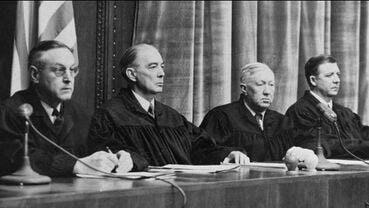 Bro. Col. Victor C. Swearingen passed to the Celestial Lodge on January 15, 1968. Bro. Swearingen was initiated, passed, and raised in Mt. Gilead Lodge #255 in Science Hill, Kentucky and affiliated with William R. Singleton Lodge #30 on May 5, 1960. MWB President Harry S. Truman appointed Bro. Swearingen, who previously served as Special Assistant to the Attorney General, as alternative judge to the Military Tribunal. In this capacity, Bro. Swearingen served on the bench during The Doctor’s Trial, where 23 defendants were accused of participating in Nazi human experimentation. 7 defendants were acquitted, 7 were sentenced to death, and the remainder received 10 years to life imprisonment. Singleton Lodge stood for a moment of silent prayer in honor of Bro. Swearingen. 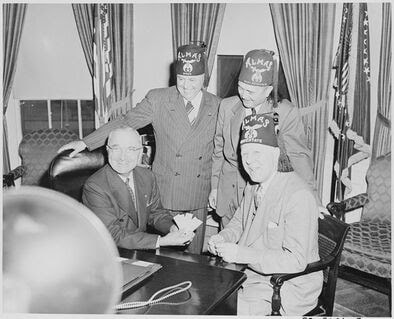 In February 1954, Renah Camalier, PGM visited and spoke to Lebanon Lodge No. 7 on the merits of the York and Scottish Rites to Blue Lodge Masons. MWB Camalier had a distinguished Masonic and legal career. He was raised in Benjamin B. French Lodge in 1922, served as its Master in 1932, and Grand Master of the District of Columbia in 1952. He was 2nd Assistant Secretary of the Navy, examiner of the FTC, assistant US Attorney, a fuel coordinator for OPA in WWII, and appointed a Commissioner of Washington, DC. He was also a York Rite Mason, a 33rd degree Scottish Rite Mason, a Past Potentate of Almas Shrine, an Honorary Member of several Lodges, including Hope Lodge No. 20, and a member of numerous other Masonic organizations. During the remodeling of the White House in the Truman Administration, President Harry S. Truman, PGM of Missouri, asked MWB Camalier to distribute stones with Masonic markings recovered from the White House to each of the US Grand Lodges. MWB Camalier presented the Grand Lodge of Missouri’s stone to MWB Truman and the Grand Lodge of Missouri in September 1953. (The photo was taken in the Oval Office, with Brother Camalier standing next to Brother Truman. Almas Shrine was presenting a bid to President Truman to open the first performance of the 8th Annual Shrine Circus)  WB Zevitas asked that I write this month’s history moment. I dug into the archives to see what our lodge was doing at the first meeting in March of 1922. How cool would that be? The 472nd stated communication of Singleton Lodge #30. I couldn’t wait to see what I discovered! Maybe it was a Degree, maybe it was an interesting speaker, a special guest of honor. It was like National Lampoon’s Vacation with the Wally World Moose out front: “The Stated Communication Scheduled for Thursday March 2nd, 1922, was called off due to repairs being made in the lodge room.” Sometimes in history, mundanity rules the day. Piecing together from other minutes there were concerns about the benches on the north side of the room and some other routine maintenance. It goes to show you the Temple Association is a thankless task. Yet, 1922 was an interesting year for Singleton Lodge #30. The minutes of December 15, 1921 stated that the Worshipful Master Richard G. Fletcher had a “virile and truly Masonic platform” laid out for the year. It was an interesting year and I wanted to share some highlights of it: - Sprucing up the Hall: Members of Friendship Chapter #17, Order of the Eastern Star wanted help to redecorate the lodge. The Lodge Created a fundraising committee to get a minimum commitment for each brother to donate at least $5 ($83.66 in today’s money) towards improvements to the hall. Chief among them was the purchase of a new piano so the lodge piano could be moved downstairs to the banquet hall. In the fall, the lesser lights of the lodge had to be fixed. - 21st Anniversary of the Lodge: On May 4, 1922 the lodge held its 21st anniversary party. There was a special address by MW Ginn about the history of the Masonic & Eastern Star Home. In his remarks, Ginn made a reference to how nice the lodge looked. There were special flowers given to the members and each charter member present was called upon to “tell of the by-gone days when William R. Singleton Lodge” was in its infancy. Afterward the brothers had a giant birthday cake made for them by the ladies of the Eastern Star. - The Worshipful Master was indicted in connection with the 1922 Knickerbocker Theater disaster. Located over in Adams Morgan at the site of the current Sun Trust the Knickerbocker Theater collapsed on January 28, 1922. A 28-hour storm had left a lot of snow on the roof. It collapsed and killed. Ninety-eight people had died and 133 were injured. The Coroner’s Jury filed indictments against nine people involved in the building, including the sitting Master Richard G. Fletcher who served as the Cement Foreman for the project. At a meeting of the lodge WB Fletcher turned the gavel over to WB J Giles, PM to speak to the indictment. After the address the lodge gave a vote of sympathy, a vote of confidence and an expression of hope “that he not be called upon to defend himself on the charge for which he had been indicted.” The Knickerbocker theater disaster, to the best of our knowledge, never resulted in a conviction of anyone as they could never figure out who was responsible. - A Past Masters’ Association: March 16, 1922 saw Past Masters’ Association formed with James L. Giles serving as the first president, and George A. Smith as the first secretary. - United Masonic Temple Fund: June 1922 saw WB Snavely of the United Masonic Temple fund come to the lodge to discuss the purchase of land for a new Masonic Temple. There were future conversations and at the October Grand Visit, 15 members of the lodge had subscribed $1,625($27,194.38 in today’s money) to support it. - American University Hosts the Grand Visitation: Due to the size of the lodge and the size of the Grand Lodge the October 19, 1922 Grand Visitation was hosted in the “Hall of History” (Hurst Hall) at American University. It was quite the party! The Almas Shrine Glee Club came and sang. EC Snyder, US Marshal for the District of Columbia gave a special address, Br. Ralon played his violin while Br. Jackson sang. The lodge was addressed by Bishop Hamilton, a Past Grand Chaplain of The Grand Lodge of Massachusetts and an honorary member of William R. Singleton Lodge #30 and Chancellor (President) of American University. Bishop Hamilton was establishing a lecture series at American on Masonry. Notes in the minutes report that there were American flags and bunting. After closing the lodge, they processed and sang “Onward Christian Soldiers” and in the lower hall the brothers feasted on pyramids of fruit and the Grand Lodge were given fruit baskets as parting gifts. The money spent on fruit was $144.20 or $2,413.19 in today’s money. - Charlie Moy, a merchant whose Hong High Store was in China Town and George Y. Wen, Manager of the Eagle Restaurant in Penn Quarter both Applied on February 16, 1922. On April 20, 1922 they were both rejected after unanimously favorable reports. They reapplied in the fall and in December both were elected to membership in our lodge. This is interesting as most of us have a vision of Singleton Lodge #30 being a neighborhood lodge in Tenleytown. I don’t think any of us thought of it as having a Chinatown connection. - The Gang Trial: In 1921 the Masters’ Association of the Grand Lodge (today’s Masters and Wardens Association) hosted a baseball game. Brother William H. Gang of Singleton Lodge #30 was in charge and there was a dispute over $220 ($3,681.70 in Today’s money). Charges were filed. The trial committee under the leadership of Junior Steward (and future Grand Master) Dean H. Stanley worked on this for several months. Br. Gang made restitution, but was convicted by the lodge on a vote of 32-1. The lodge considered various forms of punishment's and settled on a suspension until the following year. After the end of the trial the Master, the Chaplain and a brother named Hecker stressed that it was important that they communicate to Gang that they were there to help him. - The Application of William E. Gore: Older members of the lodge will recognize the last name of Gore. I am unclear if this is our Worshipful Brother Fred’s uncle or father. But it would not be a year at Singleton Lodge without a reference to a Brother Gore. In 100 years, may some future member of our Lodge look back on our records and think about how we acted and behaved as Masons. 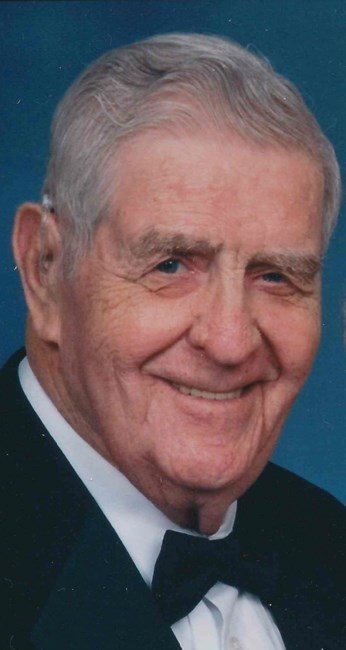 NOTE: This was originally written in March of 2022 as Russia invaded Ukraine. As we witness the bravery of the people of the Ukraine defending their homeland, I thought recently of our Past Master Randy Thomas( September 14, 1927 to April 4, 2013) and a story he shared about his service. June 2, 2011 WB Ryan Work had arranged for ap program from our RWB William F. Harvey to share about his recent visit to Normandy. RWB Harvey’s uncle had participated in the landing and RWB Harvey had gone on the trip to following in his uncle’s footsteps. It was a great program and WB Work asked if there were any questions before we closed. The hour had drawn late and Guapos was beckoning when WB Thomas stood up in the north east corner. WB Ryan Work recognized WB Thomas and WB Thomas started off by saying: “I know some people doubt if the holocaust happened.” He captured everyone’s attention because we were unsure where he was going to go with this. He cleared his throat and you could see he was a bit choked up: “It did, I saw it with my own two eyes.” WB Thomas related how he and his Army Company (Company H, 328th Infantry Regiment, 26th Division under General George S. Patton) had come to a concentration camp. We believe it was the Gusen Camp which was a sub camp of the Mauthausen camp . WB Thomas described how the people in the camp were “just skin and bones.” I remember him saying they did not even look like people. He and a group of soldiers had to go into the town to find food to give these people. WB Thomas recounted he went to the bakery shop and began to collect bread to bring back to the camp. The woman argued with him in broken English that if the American soldiers took the bread, what would she eat?” WB Thomas said he told her he needed the bread for the prisoners, and that was it. They took the bread back and the prisoners were so grateful for it. WB Thomas finished saying “Don’t’ let anyone tell you the holocaust didn’t happen.” You could hear a pin drop after he spoke. All of us knew he was a veteran, none of us knew he had liberated the camp. That was who WB Thomas was. He had a reliance on faith and he did what he knew he was right. I was later told that he lied about his age so he could enlist in the Army. It was probably the only lie that WB Thomas ever told in his life. How lucky are we to call a man such as this, our brother and friend? William Winston Seaton, Past Master, Congressional Reporter, Publisher, Mayor, but not a Dickens Character.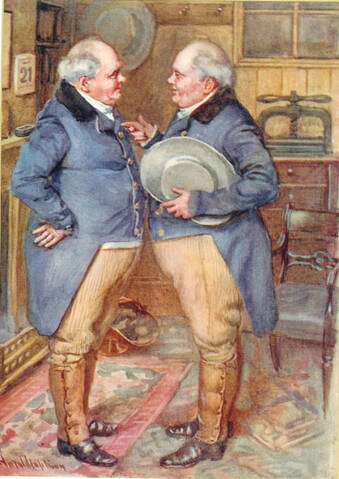 Lebanon Lodge #7, Past Master William Winston Seaton served as Master of Lebanon Lodge #7 in 1818- 1821, and again in 1825-1827. He served as the Grand Master of the Grand Lodge from 1822-1824. He with his brother in law Joseph Gales were publishers of the National Intelligencer. The National Intelligencer was the only paper covering Congressional Debates from 1812 to 1820. Their archives serve as a basis for understanding the politics of the time. They also had keen insight from 1824-1837. Seaton was active in the York Rite, and an intimate of many important political people. He would eventually become Mayor of DC. In 1842, when Charles Dickens visited America, MWB Seaton entertained the author and was said to have entertained him very well. The History of the Grand Lodge and of Freemasonry in the District of Columbia with Biographical Appendix by WB Kenton Harperon on page 338 says suggests that the Cherryble Brothers in Nicholas Nickleby “might seem to have been inspired by the subject of this sketch and his partner, so nearly akin in every gentle characteristic.” The only problem with this is that Nicholas Nickleby was published in a serial format from 1838 to 1839. Yet, if our brothers in writing the history of the Grand Lodge could see our brother in these legendary characters that speaks well for our brother. Indeed, in the depictions of the brothers and MWB Seaton there is a bit of a semblance. It should be noted that Dickens visit to America was generally considered a bad experience with Dickens being fairly critical of American society and downright disdainful of DC itself. Of note, is that during this time the office of Master is titled Right Worshipful Master, and the Wardens are the Worshipful Senior Warden and the Worshipful Junior Warden. MW Roger Chew Weightman: Lebanon's first petitioner, Major General, Printer, Past Grand Master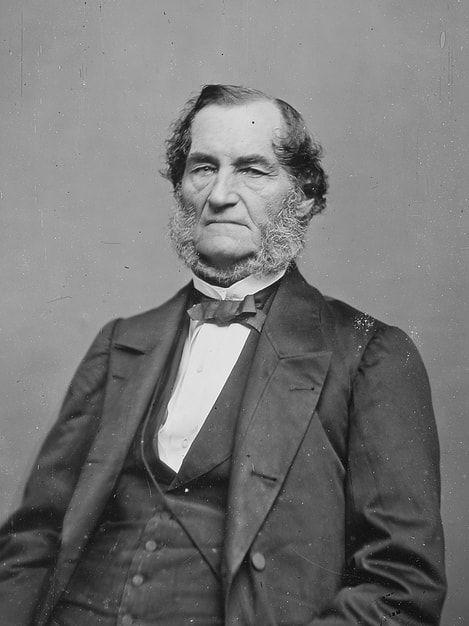 The centennial history book of Lebanon Lodge #7 includes biographical sketches of Past Masters and in one case a Past Senior Warden, Roger Chew Weightman. Br. Weightman was a printer by profession and was the first to petition Lebanon Lodge after its founding. He was initiated on December 6 of 1811, passed two weeks later, and raised 8 days later. He went on to serve as Senior Deacon and Senior Warden of the lodge. He was also very active in the DC Militia. When the war of 1812 began he was called away and never progressed to the oriental chair. He was active in the Battle of Blandensburg and was captured by the British Troops marching to burn the White House. The White House reported that the British Admiral teased him by telling him to take a memento, and when he choose something of value the admiral said he had to choose something worthless. (See https://www.whitehousehistory.org/the-burning-of-washington). After the war, our brother settled into a number of public offices for Washington, including Alderman in 1821-1823, He served as the 8th Mayor of DC from 1824-1827, when he resigned to become the cashier of the Bank of Washington. In an interesting note, in1822 he ran against Mayor Carbery and fought the matter in court during Carbery’s entire term. We also know that there were handbills printed promising voters for him would be rewarded and insulting Carbery, if he did not print himself, he was certainly involved in this. He would plan the inauguration of John Quincy Adams, work to build the Washington Monument, involved in The Columbian Institute for the Promotion of Arts and Sciences. In 1833, the Grand Lodge elected him as Grand Master, though he never served as Master of a lodge. He and his family would throw tremendous balls for the elite 400 of Washington which became a social scene of the year until his wife’s passing in 1839. His interests in military history never ceased. During the civil war, he helped organize and defend Washington, which would put him at odds with his oldest son. Richard Hanson Weightman who fought under Gen Sterling Price and killed in 1861 in Springfield Missouri The Grand Lodge Historian, Br. K. N. Harper said “He had an unsullied reputation and possessed many ennobling traits of character and was a successful business man and a dignified courtly gentleman.” https://www.jstor.org/stable/40067121?seq=30 Wm. R. Singleton Lodge #30
Barristers' Lodge #48
Lebanon Lodge #7
Hope Lodge # 20
|
4441 Wisconsin Avenue, NW, Washington DC, 20016 - (202) 810-3750 - [email protected]
Making good men better for more than 200 years.
Making good men better for more than 200 years.
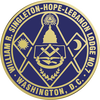
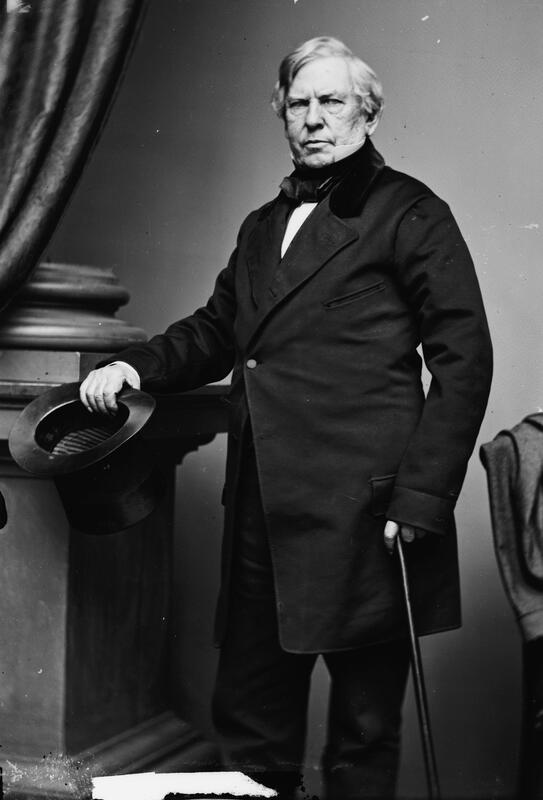
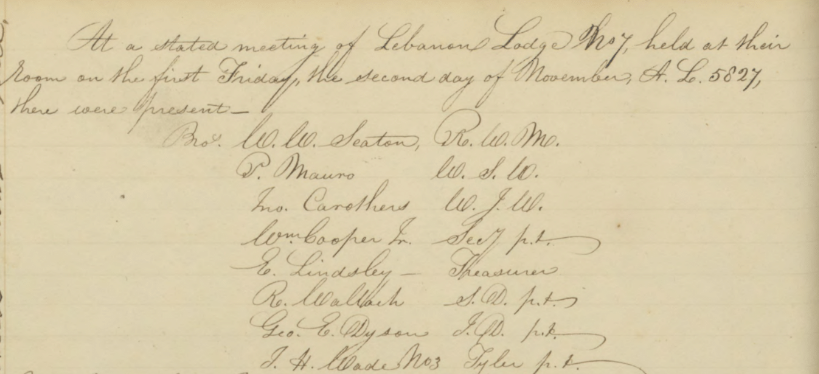
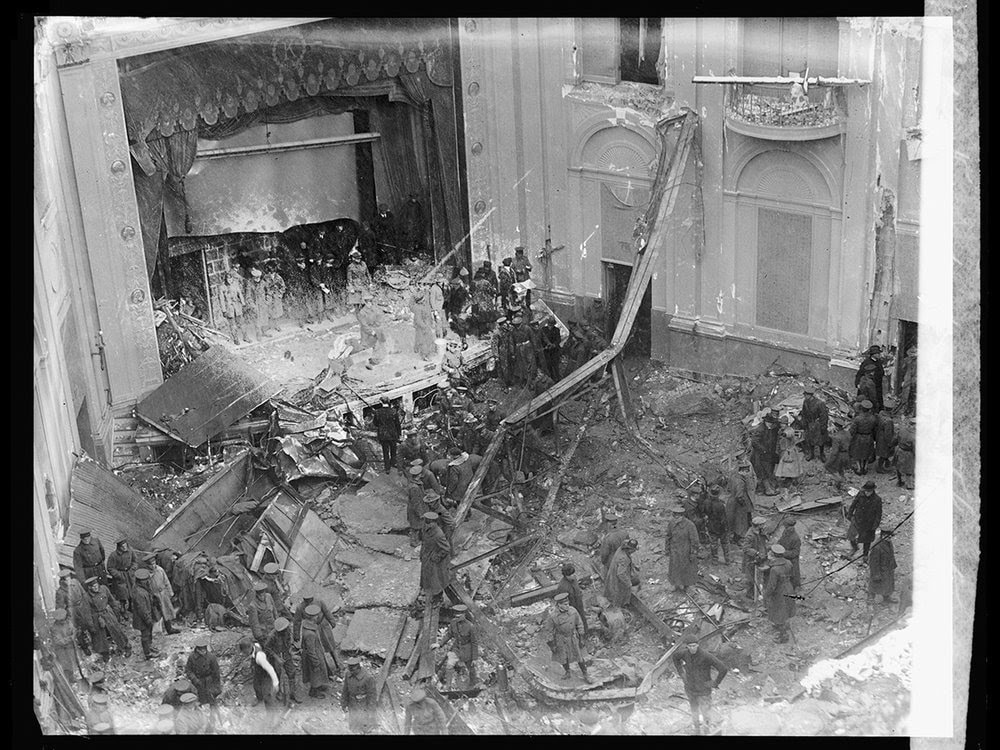
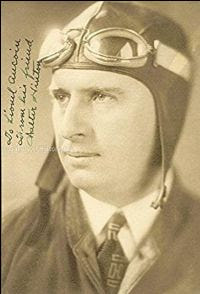
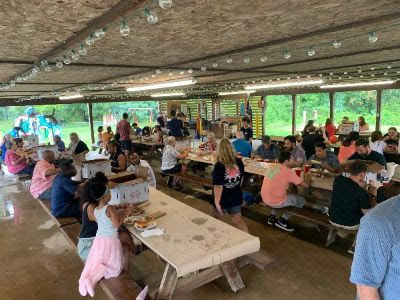
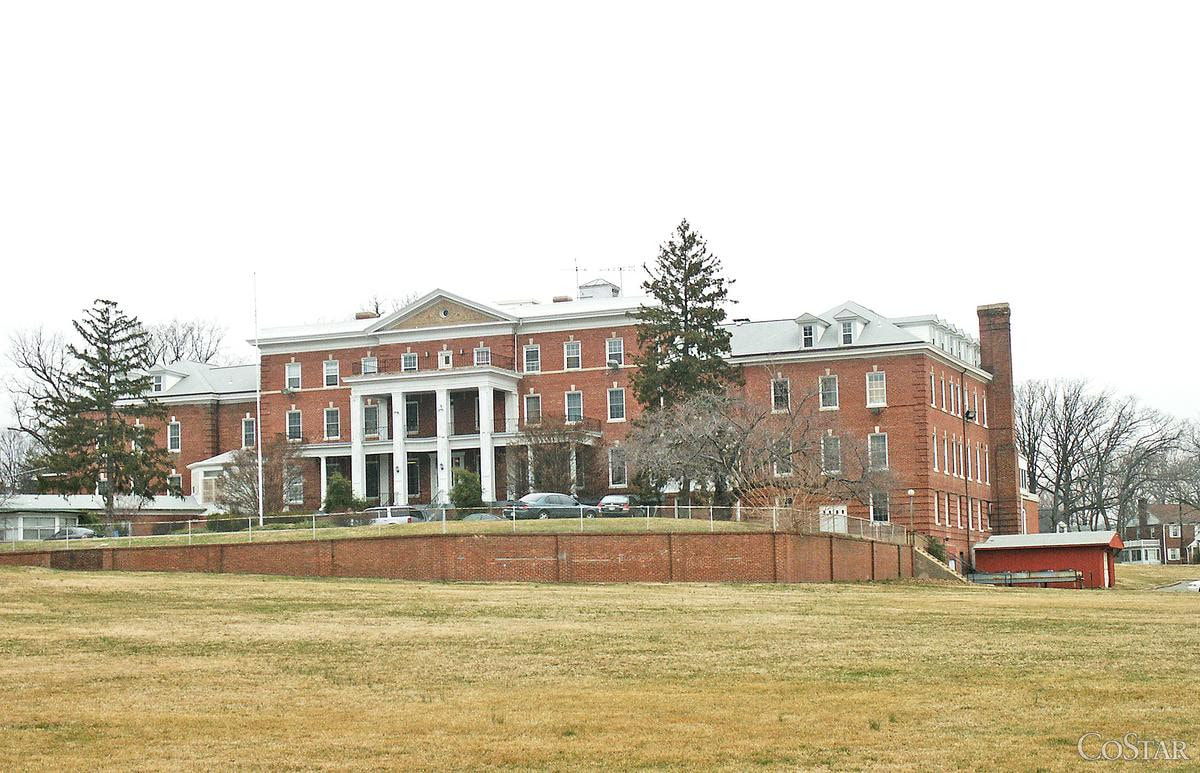
 RSS Feed
RSS Feed